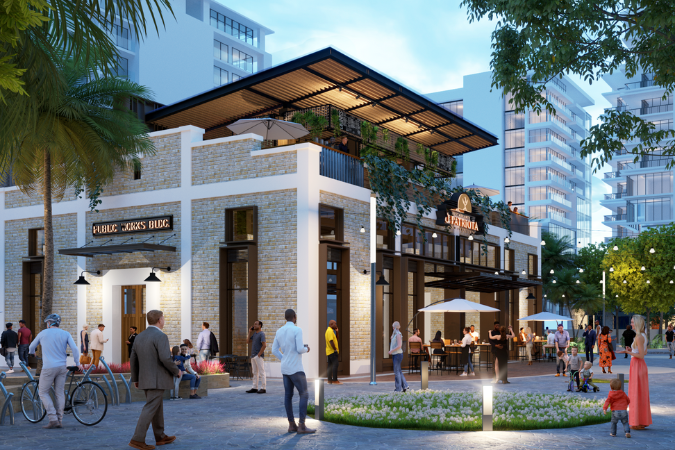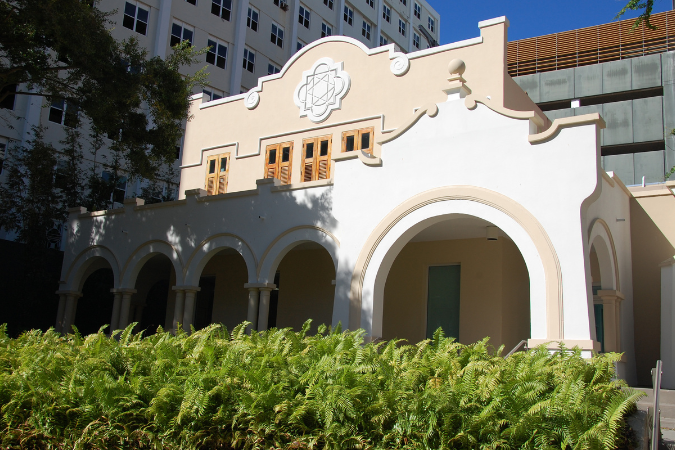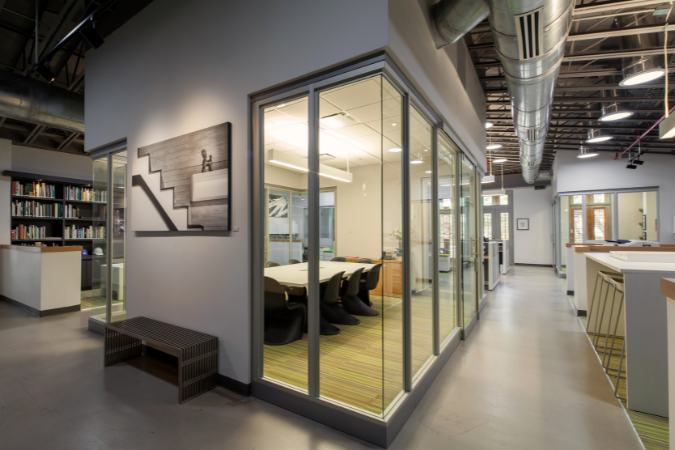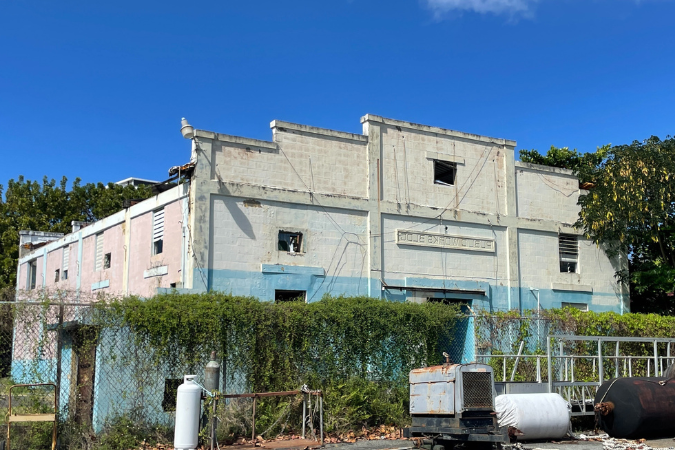5 Ways Adaptive Reuse Can Transform Communities
Written By AD&V®ABOUT THE AUTHOR | AD&V® is dedicated to advanced and energy-efficient sustainable architecture & interior design that enhances people’s experience of the world and improves their lives.
IN AN ERA OF RAPID URBANIZATION AND INCREASING ENVIRONMENTAL CONCERNS, ADAPTIVE REUSE HAS EMERGED AS A POWERFUL ALTERNATIVE FOR COMMUNITY TRANSFORMATION.
Adaptive reuse is an innovative approach to urban development that breathes new life into existing structures, turning abandoned or underutilized buildings into vibrant spaces that serve people’s needs.
Let's explore how adaptive reuse can revolutionize our communities and create lasting positive change.
1. PROMOTING ENVIRONMENTAL SUSTAINABILITY
One of the most significant benefits of adaptive reuse is its contribution to environmental sustainability.
By repurposing existing structures instead of demolishing buildings and constructing new ones, adaptive reuse conserves resources, reduces the need for new materials, and minimizes waste. This approach significantly lowers the carbon footprint associated with development projects and reduces the overall environmental impact of construction.
2. PRESERVING CULTURAL & HISTORICAL HERITAGE
Adaptive reuse allows communities to maintain their unique cultural and historical identity.
Repurposing historic buildings and neighborhoods can preserve the cultural narratives and memories associated with these structures. This not only honors the past but also enriches the community's sense of identity, creating a strong connection between residents and their surroundings.
Historic Blanche Kellogg Institute Building that AD&V adaptively reused for a commercial office.
3. ENHANCING SOCIAL CONNECTIVITY
Repurposed buildings often become community gathering spaces, fostering social interaction and connectivity. Whether it's a former factory turned into a community center, a warehouse transformed into an art gallery, or an old school converted into affordable housing units, adaptive reuse projects create opportunities for people to come together.
These spaces encourage social engagement, promote inclusivity, and help build a strong sense of community.
4. STIMULATING ECONOMIC GROWTH
Adaptive reuse can be a catalyst for economic revitalization. Through the transformation of vacant or underutilized buildings into vibrant spaces, communities can attract new businesses, residents, and visitors.
This can lead to job creation, increased property values, and a boost in local commerce. Revitalized areas often become hubs of economic activity, drawing in investment and fostering a thriving local economy.
A public works building.
Conceptual rendering of a Waterfront Project with the adaptively reused public works building (pictured on the left).
5. BUILDING RESILIENCE
Adaptive reuse can contribute to building community resilience. By repurposing and retrofitting existing structures, communities can better withstand economic and environmental challenges.
For example, a former gymnasium could be transformed into a community emergency shelter, providing a safe haven during natural disasters. Resilient buildings can serve multiple functions, ensuring that essential services remain accessible during a crisis.
ENHANCING THE FUTURE OF COMMUNITIES WHILE RESPECTING THE PAST
Adaptive reuse has the power to reshape communities in meaningful and lasting ways. By recognizing the value of existing structures and creatively repurposing them, we can create spaces that reflect our history while meeting the needs of today and tomorrow.
As more communities embrace this approach, the potential for positive change continues to grow, making adaptive reuse a vital strategy for building vibrant, thriving, resilient, and connected neighborhoods.




